
views
Using Aluminum Foil, Baking Soda, and Salt
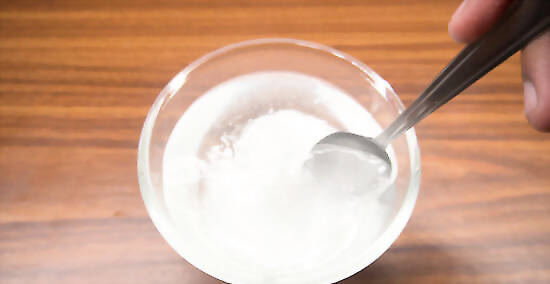
Add your cleaning ingredients. Mix one teaspoon of salt and one teaspoon of baking soda into a cup of hot water. These ingredients will react with the aluminum foil, which will help to clean and polish your silver. Scale this recipe as needed. For example, if you have a larger piece of silverware, you may want to use 3 cups of water, in which case you should add 3 teaspoons each of baking soda and salt. You can also add 1/2 cup of vinegar to the mixture for each cup of water. This will speed up the cleaning time. Add the vinegar last, and be careful pouring it, as you will notice a reaction with the other ingredients.
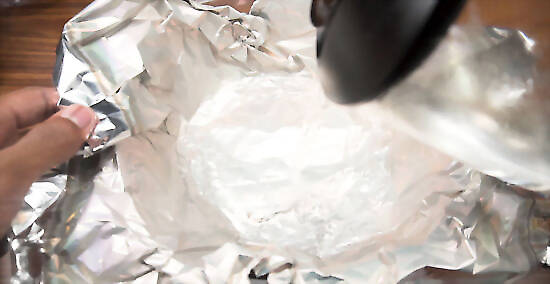
Add boiling water to a pan. To get started, boil some water. Then pour it into a pan that has been lined with aluminum foil. The aluminum foil is crucial to this process, so don't forget to line your container. Then, add the borax solution. Make sure the pan is big enough to hold all of the silverware you want to clean. If you don't have a big enough pan, you can clean your silverware in several batches. This process will cause the tarnish to leave the silver and stick to the aluminum in the foil. To avoid tarnishing your pan, you may want to avoid using an aluminum one.

Add your silverware. Once your solution is ready, place your silverware in the pan. Make sure that each piece of silverware is touching the aluminum foil and that no two pieces are overlapping. Avoid placing any silverware that has other materials (including other metals or stones) in this solution unless you have confirmed that this is a safe cleaning methods for those materials as well. Do not place antique silver knives in this solution, as many are held together with glue, and the solution may dissolve the glue.
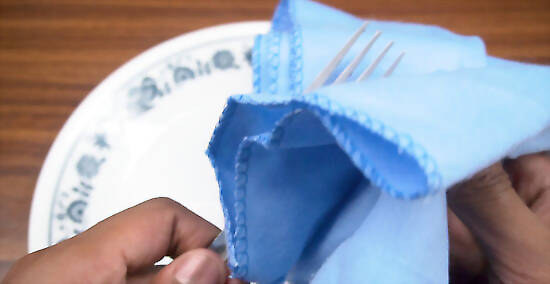
Remove and buff your silverware. Depending on how tarnished your silverware is, you will want to let it soak for between 30 seconds and several minutes. Once it appears clean, remove each piece and use a clean rag to buff it. The water will still be hot, so it's a good idea to use tongs to remove the silverware from the pan. Dry thoroughly to prevent water spots from forming on your silverware.
Using Baking Soda or Borax
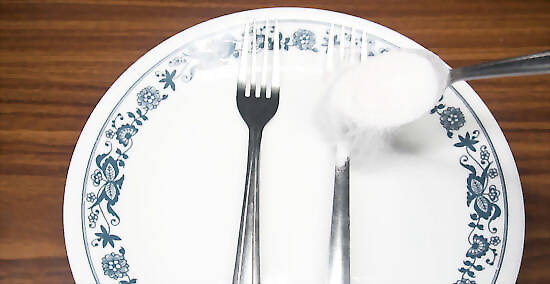
Coat your silverware in your chosen cleaning ingredient. Lay your silverware out on a flat surface and cover it with dry baking soda or borax. Make sure to use a generous amount so that the entire surface of your silver is covered. You may want to put your silverware in a baking dish when you do this to avoid getting powder all over your counters.
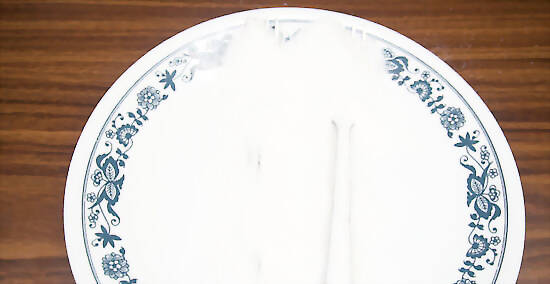
Let it sit. This method will require a little bit of patience, but it will be worth the wait. Let your silverware sit in the baking soda or borax for at least 30 minutes. Letting it sit for this long will give the cleaning agents time to do the hard work, so you won't have to do as much scrubbing.
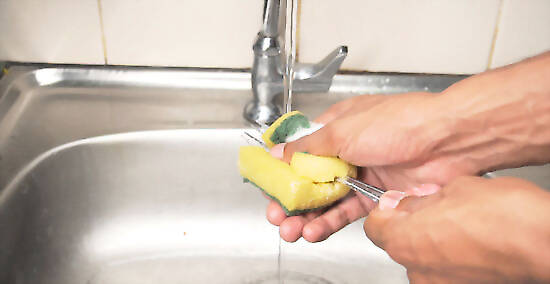
Scrub and buff your silver. Once you have let your silverware sit for 30 minutes, use a damp cloth or sponge to scrub the baking soda or borax into the silver. Then rinse off each piece and buff with a dry cloth. Your silver should be sparkling clean! You should not have to scrub vigorously, as the dirt and stains should already be loosened. A light touch will do the trick.
Using Toothpaste or Baking Soda Paste
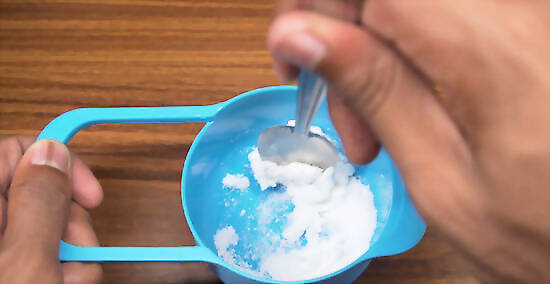
Choose your preferred cleaning agent. For this method, you can use either toothpaste or a mixture of baking soda and water. Both should give you great results in a short amount of time. If you use baking soda, combine three parts baking soda and one part water to create a paste. You want a consistency that is similar to that of toothpaste. If it is too thin, add more baking soda. If it is too dry, add more water.
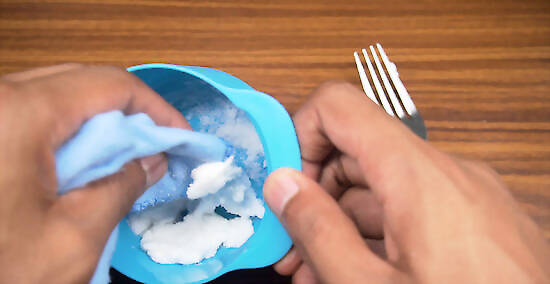
Scrub your silverware with the paste. Apply a dab of your chosen cleaning paste to a soft cloth. Then use it to scrub each piece of silver. Be sure to scrub all areas of your silverware equally to achieve have a nice, even finish. You may have to rub a bit vigorously, especially if your silver is very tarnished. If this method does not seem to be working, try allowing the paste to sit on the silverware for several minutes before you begin scrubbing again.

Rinse and buff your silverware. Once your silver is satisfactorily clean, rinse all remnants of baking soda or toothpaste off with warm water. Then buff each piece of silver with a clean, dry cloth. Be sure to get all of the residue off. Failing to rinse your silverware thoroughly will leave it dull looking. Drying thoroughly helps prevent unsightly water spots from forming on your silverware.
Using Rubbing Alcohol
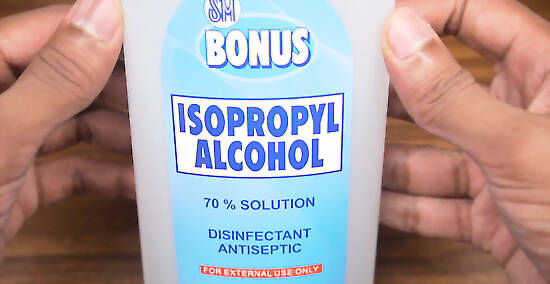
Understand the limitations of this method. Rubbing alcohol is excellent for removing mineral spots and residue from your silverware. It may not be very effective for cleaning silverware that is heavily tarnished, however. For severe tarnishing, try one of the baking soda methods instead. If you store silverware properly and wash carefully, however, you will be typically able to keep silver from tarnishing so that other cleaning methods won't be necessary. You may want to use this method after one of the other methods if you find that your silverware still has some mineral deposits.

Dilute the rubbing alcohol. Combine one part rubbing alcohol and four parts water in a bowl. You will not be placing the silverware in the bowl, so it doesn't matter how large it is. To avoid wasting water and rubbing alcohol, start with a very small amount. You should not need to use a lot of solution to clean your silverware.
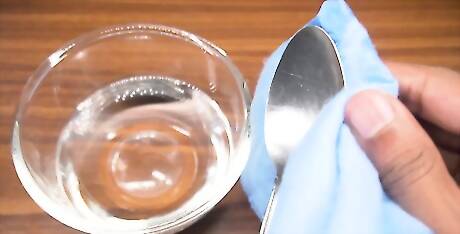
Use the solution to buff your silverware. Dip a clean, soft cloth into the mixture of water and rubbing alcohol. Then use the dampened cloth to lightly buff your silverware until it is clean and sparkling. You should not have to apply much pressure, as you will only be removing surface deposits with the rubbing alcohol.



















Comments
0 comment